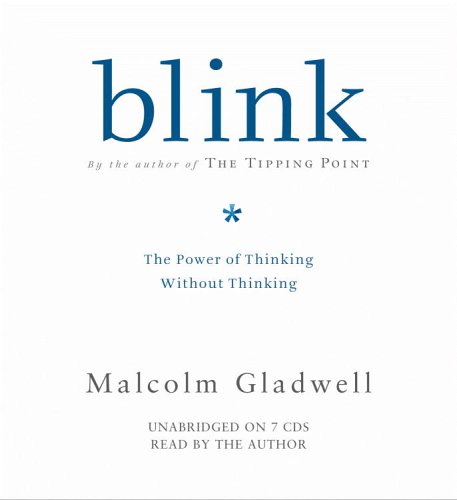• Given the higher failure rate of products and the saturation of marketing channels, it is necessary to improve the understanding of the innovation process in order to better meet the customer’s needs and to launch to market ahead of the competition.
• I agree that innovation requires a different approach that goes beyond the category where the idea originated and that there are special kinds of people needed for this process. Kotler and Trias de Bes (2003, p. 104) indicate that “the logic of creativity consitsts of taking an element, displacing laterally one aspect of it, and connecting the gap that has been provoked. The logic of creativity follows a process similar to that of humor”. Below are three pictures of an innovative sculpture that combines the work of two my favorite artists, Salvador Dali and Albrecht Dürer. This sculpture is located at a hotel nearby the Nagoya airport in Japan, notice that Salvador Dali sculpted this based on Dürer’s Rhinocero’s woodcut.



•Lateral marketing uses the power of context and the stickiness factor concepts of Gladwell to create “a simple way to package information that, under the right circumstances, can make it irresistible” (Gladwell, 2002, p. 132). The case of “Big Brother” TV Contest in the United States and the Sony Walkman in Japan are good examples of well-executed lateral marketing.
• The three steps of lateral marketing are (Kotler and Trias de Bes, 2003, p. 104):
o Choose a focus where we want to generate a lateral displacement.
o Provoke a lateral displacement for generating a gap.
o Think about ways to connect the gap.
• Kotler, author of the 4Ps, wouldn’t pass the opportunity to include them in the process described above and defines the three main levels of lateral marketing as 1) the market definition level, 2) the product level, and 3) the rest of the marketing mix level.
• I found the example of the creation process for the artificial flower was great. In this series of talking points, I have discussed the similarities and differences between “Lateral Marketing” and “The Tipping Point”. However, I think that another work is more appropriate for chapter six of Lateral Marketing. “The Tipping Point” was concerned with grand themes, with figuring out the rules by which social change happens. “Blink” is quite different. It is concerned with the smallest components of our everyday lives–with the content and origin of those instantaneous impressions and conclusions that bubble up whenever we meet a new person, or confront a complex situation, or have to make a decision under conditions of stress.

• “Blink” is a good read, especially for the second step of the lateral marketing process, making a lateral displacement on one of the three main marketing levels through substitution, inversion, combination, exaggeration, elimination, and reordering. This process is more like brainstorming. “Blink” is a “book about rapid cognition, about the kind of thinking that happens in a blink of an eye. When you meet someone for the first time, or walk into a house you are thinking of buying, or read the first few sentences of a book, your mind takes about two seconds to jump to a series of conclusions”.

• The hardest part about the process of lateral marketing is the last step, that is solving the gap of the lateral displacement with a value proposition that will result in either: 1) same product, new utility; 2) new product, new utility; or 3) new product, same utility. The further reprocessing of the marketing mix is about dealing with small details that make a big difference. This is the same objective of “The Tipping Point”: “how a number of relatively minor changes in our external environment can have a dramatic effect on how we behave and who we are” (Gladwell, 2002).
